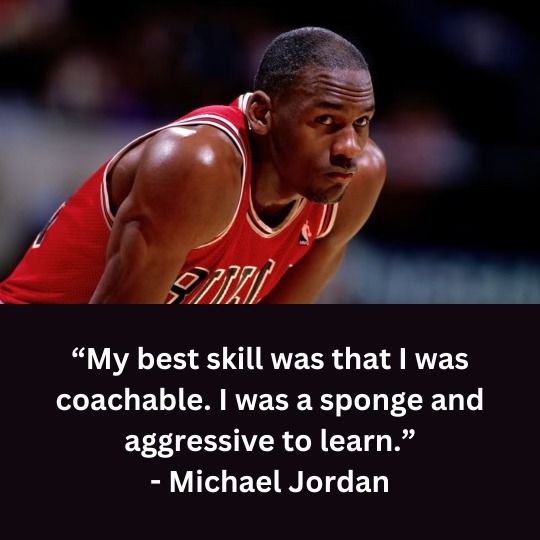Focus: Be Present
Podcast: Play in new window | Download (8.3MB)
Subscribe: Apple Podcasts | Spotify | RSS | More
Being present is becoming more challenging. Our meeting culture of jumping from one meeting to another contributes to the challenge. So does the Internet, social media and the iPhone. All of our lives are filled with distractions that beckon for our attention.
Simon Sinek and many others have talked about how phones are negatively impacting our relationships. Not that we need experts telling us that. We see it in our own lives and in the lives all around us.
Back in 2018 Harvard published a blog post, “Dopamine, Smartphones & You: A battle for your time.”
The challenge for our focus (our attention) is real. The solution is equally real, and possible. Do not give up hope. Or delude yourself into thinking it’s just how life is. Battle it with intention and purpose. Battle it hard enough to win. Because it’s a winnable war.
Be well. Do good. Grow great!

Check out the Hosts page for our profiles.
Connect With Lisa On Linkedin • Connect With Randy On Linkedin
We encourage you to contact us. Feedback, suggestions, criticisms, insights, and experiences are welcomed. Thank you for watching and listening!













